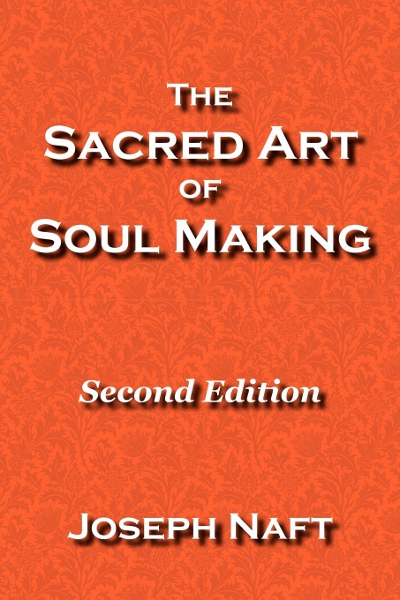|
|
Inner
Frontier Fourth Way Spiritual Practice |
|
Inner Work For the Weeks of Aug 29 & Sep 5, 2022
Be Your Attention(Identity: Levels of Emptiness: 5) Who am I? This perennial question seems more rhetorical than aimed toward an actual answer. It does not seem to have an answer, no concrete or satisfying answer. But that may just be due to looking in the wrong place, the wrong direction for the answer. If we try to answer it functionally, we may come up with: I am this body that I see in the mirror, or I am a person who has these opinions and views, or I am a person with this set of skills, education and experience, or I am a person who likes these things and dislikes those, or I am a person who owns these things. But all of that just dances around the issue of who we are. If we look at it in terms of being, we might think that I am this consciousness, this awareness. But the fact is that we can focus our awareness, we can direct our consciousness. Who is doing that? Clearly, I am not the awareness that is being directed. If anything, I am the one directing it. Consciousness is not directing itself. And that brings us toward the heart of the matter: I am my will. What I am, who I am, is my I. And my I is my will: the one who sees what I see, feels what I feel and does what I do. That sounds more promising, though nebulous. One very powerful way into the truth of who we are, into being who we are, being ourselves, is to be our attention, which is the most readily recognizable and accessible manifestation of will. To be who we really are is to be our will. And to be our attention is to be our will. When we pay attention to something, this practice of being our attention consists of merging ourselves with our attention, joining our attention. Taking all the little scraps of our scattered self, our scattered will, our scattered attention, we bring them, we bring ourselves, back into being this one attention. It may be broadly receptive, taking in the wide field of our body, heart, mind, and senses, or it may be narrowly focused within one of these, or some stance in between. In any case, the practice is to become our attention. More precisely, we become the one who directs our attention. Looking carefully, we can see two aspects of attention, the awareness or consciousness that attention directs, and the will, the director of attention, that in us which chooses moment-to-moment where to put our attention, where to aim our awareness, or fails to choose and lets the attention and awareness splinter and wander. Thus, as taught by J.G. Bennett, attention is a combination of will and energy. Our practice in this is to be the one directing our attention, or more simply and just as effectively, to be our attention. One subtlety: there is no sharp delineation between our will and the conscious energy. The will blends with the energy. We place ourselves toward the will side of this combination, while not expecting that our will be clearly separate from consciousness. We live as the one to whom consciousness brings sensory impressions, as the one who is aware, the one who chooses and directs our attention when we direct it. Even when we relax and seemingly disappear into consciousness, the will is still there. We have simply chosen to relax and let go. The usual spiritual meaning of letting go is to let go of our attachments, our identifications, to enter consciousness without being bound by the patterns of our personality. But here in being our attention, we come to a deeper letting go, that is letting go of being ourselves, letting will come through us from beyond us. The great beauty of this approach is that it comes as close as possible to making that elusive but core feature of our lives, namely our will, more accessible, more immediate. If we want to be ourselves, we can simply be our attention. This is our true self in action. Notice that this does not mean that we know who we are, at least in the conventional sense of knowing as with our thoughts. It does not mean that we can necessarily even articulate who we are. But it does mean that we can be who we are, we can act from ourselves, on our own account. When we do something, it is we ourselves, our I that is doing it. Another wonderful feature of this practice is that it is spiritually safe, because it places us in the actual stream of our will in a strong way that minimizes our egoism's ability to divert that stream toward our illusory ego. The deeper we go into our attention, and eventually into the source of our attention, the more it widens out beyond ourselves, the more it shows us our non-separateness with others, our unity with all life. This transcends the grip of self-centeredness and egoism. My I that I come into as my attention is, in its source, connected with your I, both as aspects of a greater Will. We also share the one field of consciousness, but the connection through will is central and complete. For this week, please practice being your attention, in your sitting, and as you go about your day. This is how we empty ourselves of separateness. This is how we come into that never-sleeping something that is our real I. This is how we answer the question: Who am I? Here are steps of a meditative practice that can help in this quest: Meditation: Be Your Attention
Revised August 30, 2022 |
|
|
About Inner Frontier Send us email Copyright © 2001-2024 Joseph Naft. All rights reserved. |








